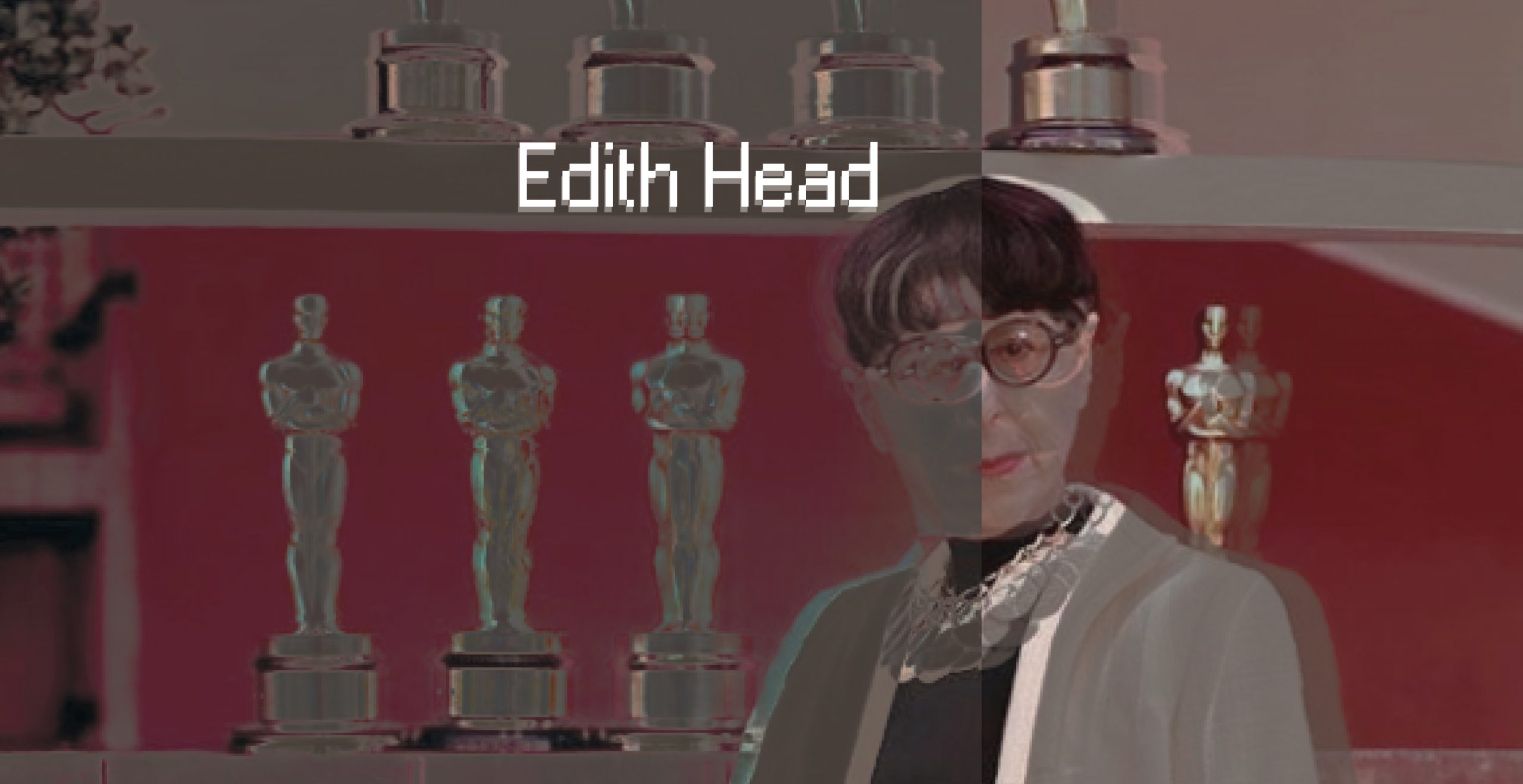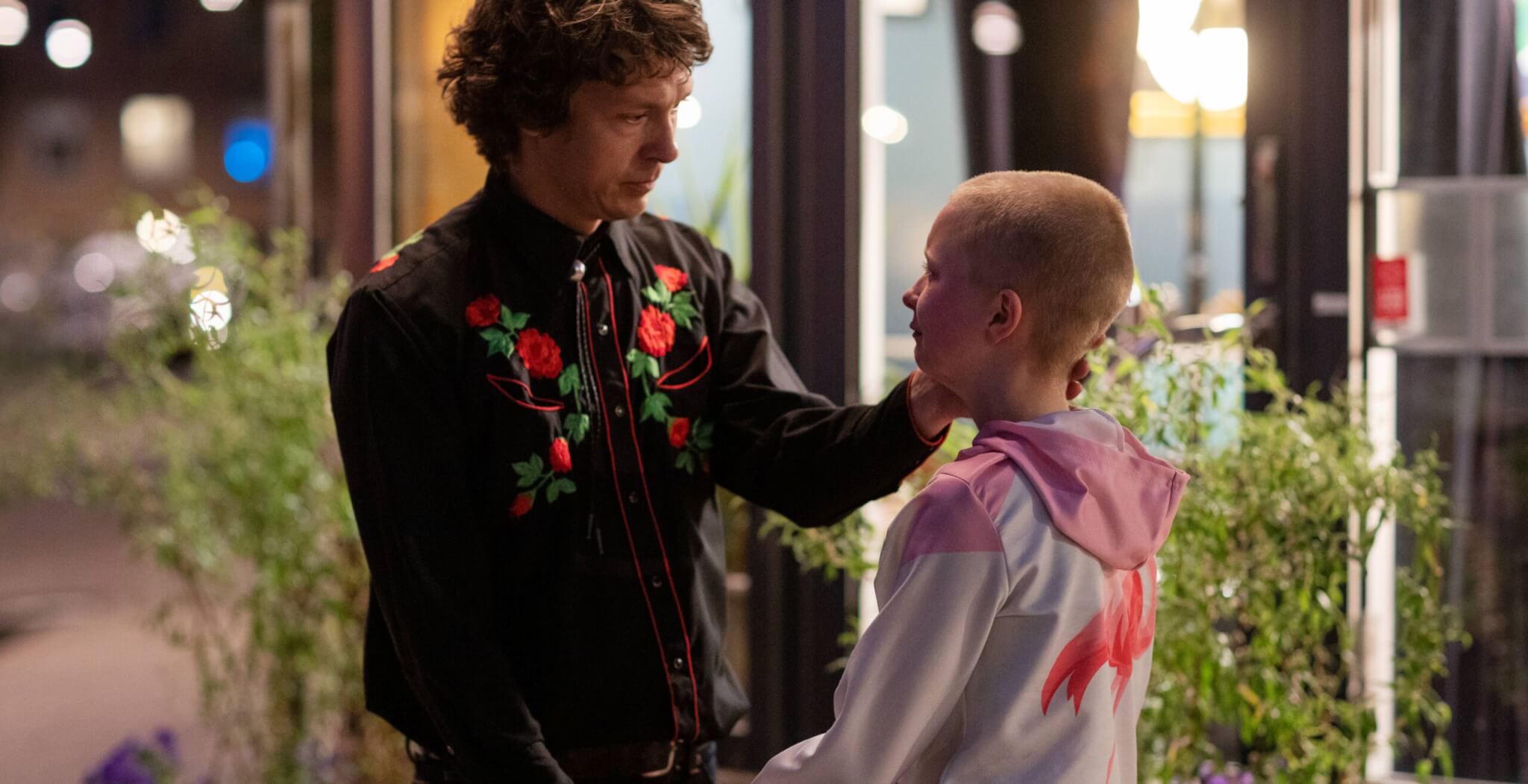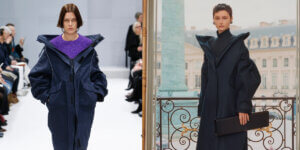Dressing for Success: The Key to Achieving Your Dreams” – Edith Head
Embrace the mantra “Fake it till you make it” – a valuable piece of advice for aspiring professionals. It certainly proved true for Edith Head, the trailblazing costume designer who left an indelible mark on Hollywood. With a staggering collection of 8 Academy Awards and her contributions to over 450 movies, Head stands as the most accomplished and prolific woman in Tinseltown’s history. Her timeless designs have not only influenced countless fashion designers but have also shaped an entire generation’s sense of style.
One of her most iconic creations came to life in the 1951 film “A Place in the Sun,” starring Elisabeth Taylor. This magnificent chiffon gown, adorned with delicate flowers and featuring a full skirt and strapless bodice, captivated hearts and set a new standard for weddings and proms, a trend that endures to this day.
Sophia Loren’s unforgettable outfits in the 1959 film “That Kind of Woman” became national headlines, leaving an everlasting impression. Even today, they continue to inspire modern designers like Samantha Sung.
As with any inspiring life story, Head’s journey began with an anecdote. In 1924, she fearlessly applied for a position as a costume sketch artist at Paramount Pictures, despite lacking prior experience in costume design. Sometimes, risks yield the most rewarding outcomes. With the assistance of a friend’s borrowed sketches, Head secured a foot in the door, subsequently paving the way for an illustrious career that left an indelible mark too significant for anyone else to fill.
“Audrey Hepburn in ‘Sabrina’: A Glimpse of Head’s Brilliance”
In Hollywood, an Academy Award represents the pinnacle of achievement for any artist. Edith Head, however, defied the odds by winning not just one, but two Academy Awards in 1951 for two distinct films. During the transitional phase from black-and-white to color movies between 1948 and 1967, separate awards were presented for each category. Remarkably, Head adeptly navigated the challenges posed by both mediums, demonstrating her extraordinary talent. From 1949 to 1966, Head received an annual nomination for at least one Academy Award, a testament to her consistent excellence.
“Kim Novak in ‘Vertigo’: Head’s Artistry Unleashed”
While Head could have easily garnered more Academy Awards, it is worth noting that the category for Best Costume Design was introduced in 1948. By that time, she had already become a household name, attracting the attention of esteemed actresses, actors, and directors who coveted the opportunity to collaborate with her. From Grace Kelly and Audrey Hepburn to Bette Davis and Elisabeth Taylor, Ginger Rogers, Shirley MacLaine, Marlene Dietrich, Sophia Loren, Natalie Wood, and Doris Day, the list of stars who sought Head’s unparalleled talent was endless. Other studios even “loaned out” Head as their leading ladies insisted on her expertise and flair.
After dedicating 44 years of her career to Paramount, Head’s contract was not renewed. However, fate intervened, and the master of suspense himself, Alfred Hitchcock, convinced her to join Universal Pictures. Hitchcock had long admired Head’s work, resulting in a fruitful collaboration that spanned 11 films, often starring the beloved Grace Kelly. Kelly, who held a special place in Head’s heart, was not only a charming lady and exceptional actress but also a cherished friend.
“Grace Kelly in ‘Rear Window’: A Vision of Elegance”
“Grace Kelly in ‘To Catch a Thief’: Beauty Defined”
Even if you have never seen a photograph of her, Edith Head’s influence may still feel familiar. The character “Edna Mode” in Pixar’s “The Incredibles” and “The Incredibles 2” pays homage to her everlasting impact on Hollywood.
When asked about the essence of costume design, Head responded with profound wisdom: “What a costume designer does is a cross between magic and camouflage. We create the illusion of transforming actors into what they are not. We beckon the audience to believe that every time they see a performer on the screen, they encounter an entirely different person.”
Oh, how fervently we yearn to believe, Edith!



























